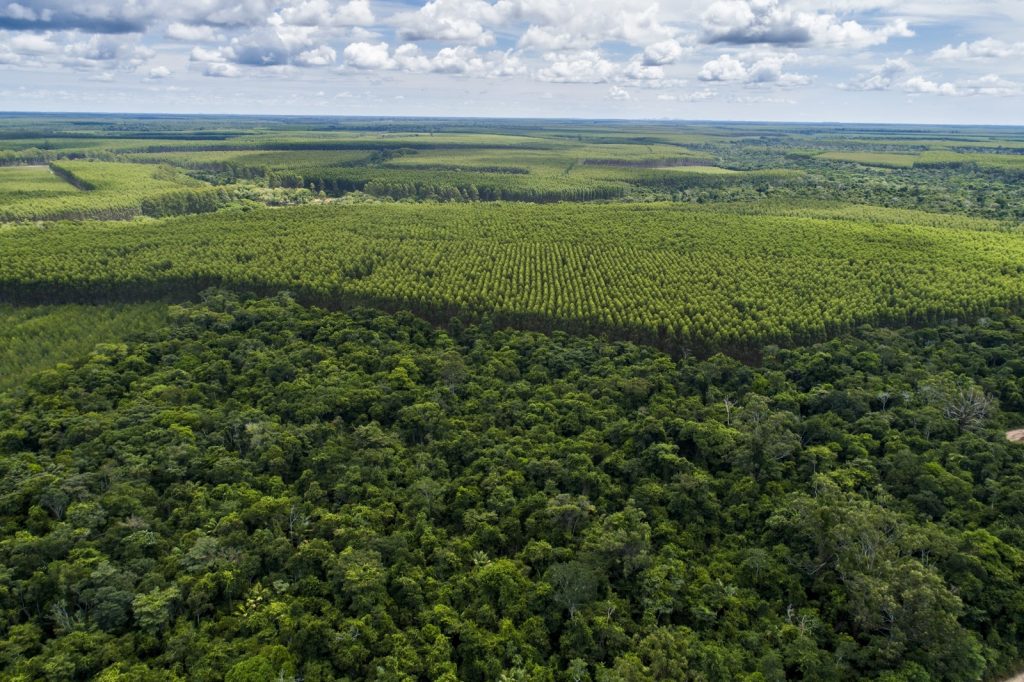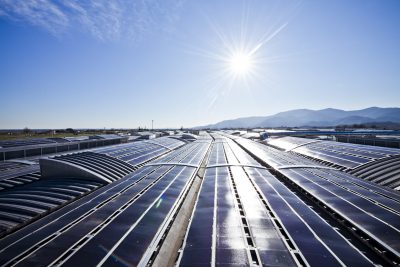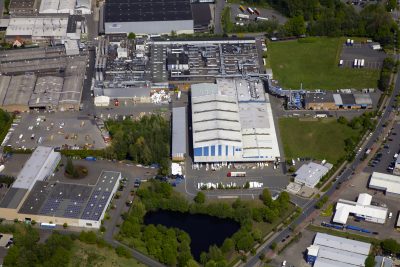Walter Schalka, CEO of Suzano, looks at the successes achieved at COP26 in Glasgow, challenges still to be addressed and discusses why the hard work to turn plans into action must start right away
With the UN Climate Change Conference (COP26) concluding on 13 November, in Glasgow, Scotland, the agreement reached on the rules governing the regulated carbon market marked a key achievement. Once in force, the new rules will represent an important step in the direction of a global system for investing in decarbonization.
The achievement should be celebrated, along with the other important announcements made during COP26, because they are the result of strong action taken by civil society, governments and companies to ensure their success. However, we cannot rule out that the combination of all commitments formalized by the group of countries during COP26 will fall short of keeping the rise in the average global temperature at 1.5°C or less in relation to pre-industrial levels. And meeting this target is what will determine the success of the efforts mobilized to address the climate crisis and mitigate the damage to living conditions for this and future generations.
“The achievement should be celebrated along with the other important announcements made during COP26, because they are the result of strong action taken by civil society, governments and companies to ensure their success”
Walter Schalka
The proposal approved for the regulated carbon market will give greater transparency, security, and credibility to the system, with its approval in two phases. The first, which remains at the discretion of each country, is validating, or not, the climate project. In the second phase, the initiative will undergo an international audit conducted by the United Nations Framework Convention on Climate Change (UNFCCC).
Because the number of projects approved is limited, the carbon credits to be negotiated on the regulated market will tend to register significant price increases. The result will be more financial resources on a scale and in the timeframe required for investing in projects to reduce carbon emissions, causing positive social impacts on the regions where they are developed.
Future forecasts
Meanwhile, looking to the future, one day carbon credits will cease to have value, since we expect the climate problem to have been addressed by important changes in the world electricity matrix and in transportation.
We solved a long-standing problem, and Brazil achieved important advances in its positioning during COP26 by making concessions on issues that had imposed limits on reaching a consensus. Still early in the conference, Brazil announced a new nationally determined contribution (NDC) that accelerated the country’s net zero goal to 2050, from 2060, and included a target to reduce carbon emissions 50% by 2030 from 2005 levels, compared to the previous target of 43%. In the agreements signed, it committed to targets for reducing methane gas emissions and for halting all deforestation by 2030. These are some of the advances achieved at COP26, which certainly will have important environment, social and economic impacts in the future.
Other relevant topics, however, advanced less than hoped, such as developed countries still not reaching agreement on renewing the commitment to making available US$100 billion annually to the decarbonization projects of poorer nations. Despite Brazil’s positioning to demand a better relationship between the availability of resources and the execution of decarbonization projects, there was no concrete definitions on the values and timeframes in the final agreement of COP26.
Little progress was made on standardizing the measurement metrics adopted in the NDCs, which is of vital importance, despite the efforts made by the Science Based Target initiative (SBTi) to mobilize companies in adopting science-based targets to reduce their greenhouse gas emissions.
The commitment to reducing the use of fossil-based fuels achieved the best possible result, considering the resistance of companies that are major oil producers or coal consumers, and whose economies are still highly dependent on these inputs. Regardless, the final report of COP26 stated, for the first time, the need to reduce the use of inefficient energy sources as a target to be addressed in the near future. There is, however, still much to discuss and hope for at COP27, in 2022.
“Change comes gradually, especially on more sensitive topics. This is a game that will end only when global carbon emissions stabilize at a level that ensures keeping the planet’s average temperature rise at 1.5°C”
Walter Schalka
Multilateral negotiations, such as those occurring at COP26, are extremely complex because they involve nearly 200 countries, each holding a veto vote, reaching a consensus. This means that change comes gradually, especially on more sensitive topics. This is a game that will end only when global carbon emissions stabilize at a level that ensures keeping the planet’s average temperature rise at 1.5°C.
Therefore, with the conference in Glasgow now behind us, the world now must begin work on a series of steps so that the advances achieved at COP26 go from paper to real-world action. The same goes for Brazil, which has a comprehensive and complex internal agenda to construct. The maturation of a series of public policies involving the climate change agenda is needed, especially those involving the creation of the Brazilian Emission Reduction Market.
The discussions held during COP26 made clear that this is just one step forward among others that must be taken in the future, and that the planet needs immediate, effective, and continuous action from governments, companies, and consumers. After all, in the future, either we all win, or we all lose with the decisions and actions adopted today.







